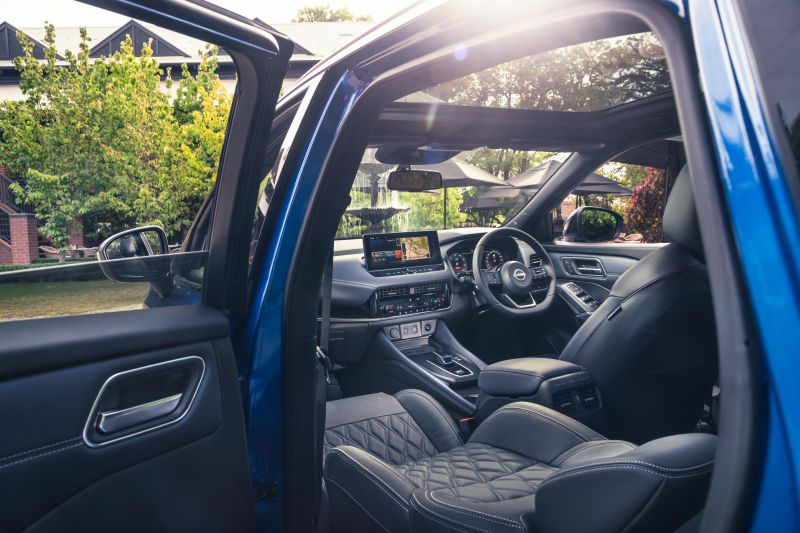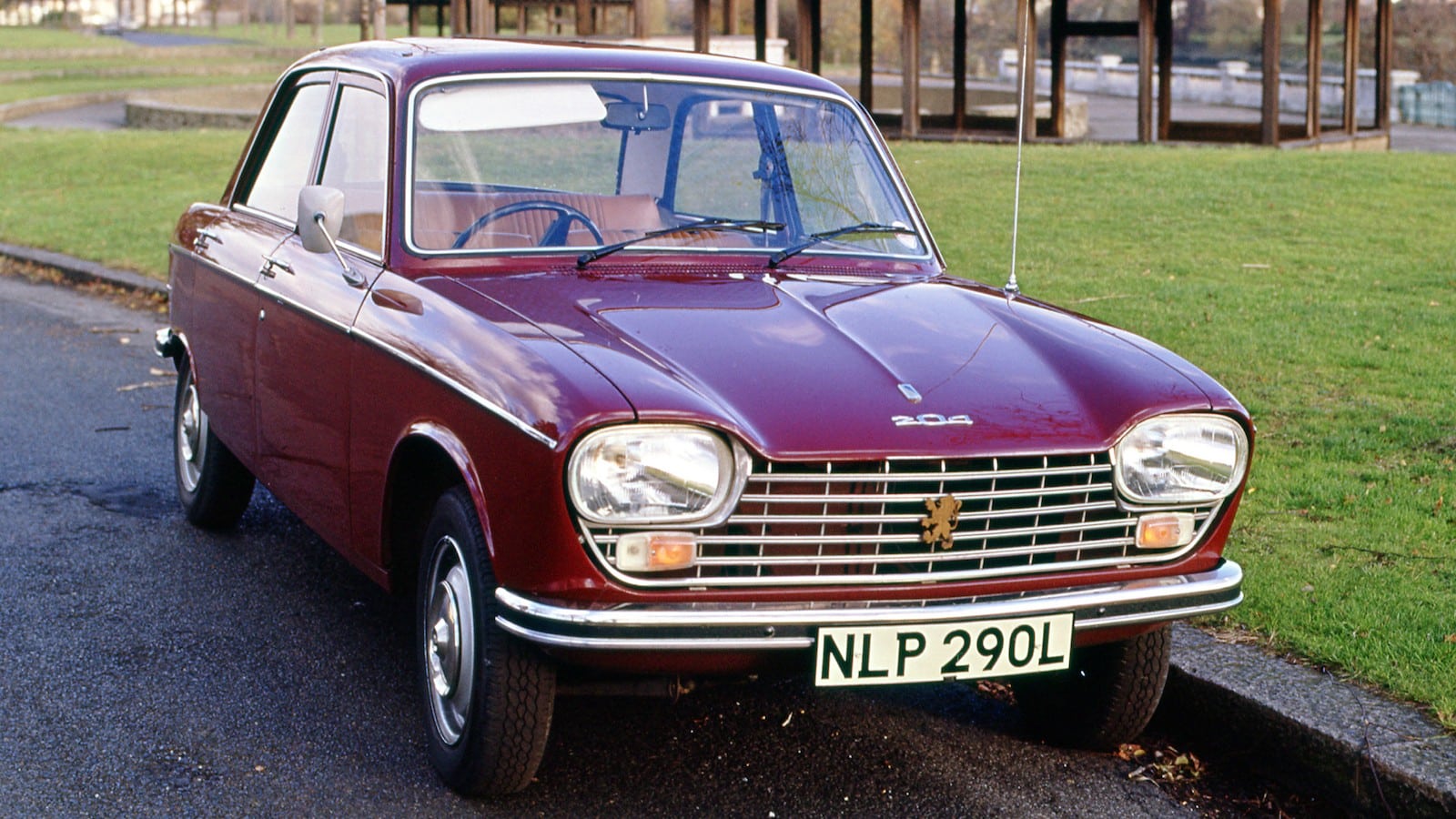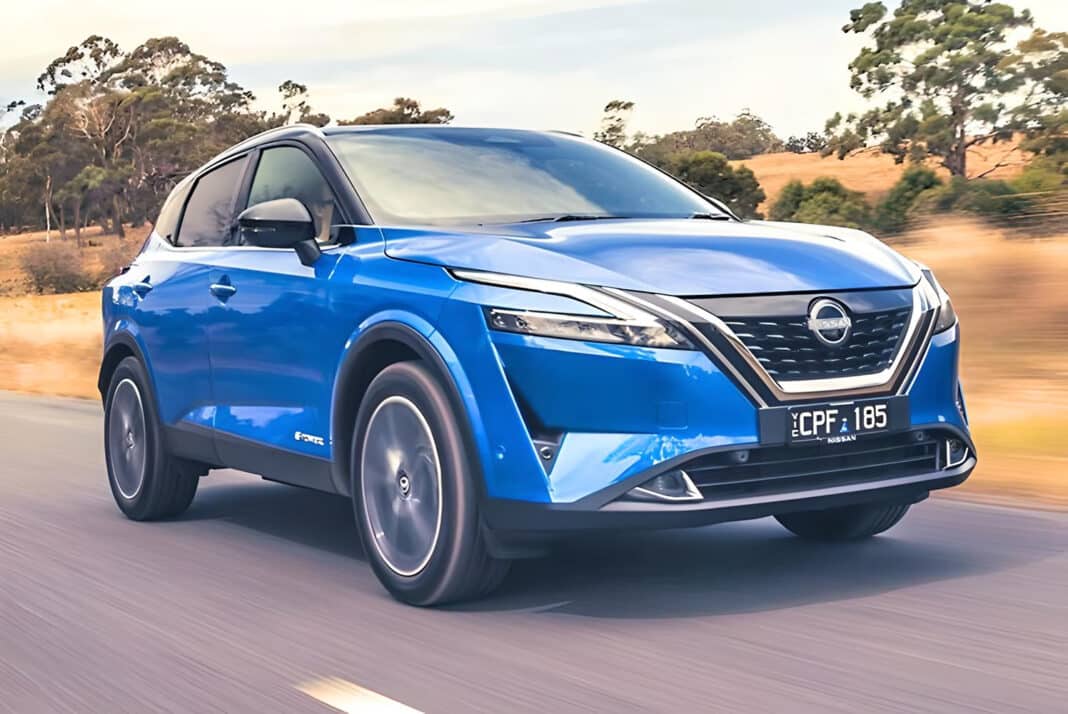Japanese multi-national Nissan, based in Yokohama and producing more than 3.5 million cars a year, remains the world’s largest manufacturer of electric vehicles.
But now charged-up company president Makoto Uchida has laid out a roadmap for raising the company’s competitive advantage and driving down costs in the EV space … all hinged on a motor magnet using low-cost materials.
Introducing rare earth alloy samarium-iron, Nissan’s goal is to bring EV manufacturing costs to the same level as gasoline vehicles by fiscal 2030. And that would require slashing EV production costs by 30%.
“We will apply Nissan’s unique methods across engineering, manufacturing and the supply chain,” Uchida said.
Nissan so far has only produced the samarium-iron magnet as part of a lab test; it still needs to develop a larger version of the magnet and figure out how to mass-produce the component.
Since the magnet has yet to be used in EVs, “we’ll only see what problems lie ahead once we start giving things a go,” says Masaru Uenohara, Nissan’s powertrain production engineering chief, in talks with Japan-based trade information platform Nikkei Asia.
Nissan already uses a motor without permanent magnets in its Ariya sport utility vehicle, leveraging the expertise of alliance partner Renault to reduce the need for rare-earth metals. But non-magnetic motors tend to be bigger and heavier, and Nissan wants alternative options for magnetic motors as well.
Many Australians are moving to zero-emissions but by far the most attractive alternative is the petrol-electric hybrid which reduces fuel use. But Nissan has an alternative using different method called a series hybrid system. It differs from a conventional hybrid because the petrol engine doesn’t power the wheels.
Unlike a parallel hybrid system, which powers the wheels using both an electric motor and an internal combustion motor, Nissan’s e-Power system uses a petrol engine to charge the battery, which in turn powers an electric motor that drives the wheels.

Roundabout technology but with the same end goal.
Enter the 2024 Nissan Qashqai Ti e-Power, an up-spec range-extending hybrid that can cover a claimed 1000 km before a fuel stop. Priced at $51,590 plus on-roads, it brings premium features such as massaging leather front seats, a panoramic glass roof and advanced safety tech.
Nissan’s e-Power costs $4200 more than the equivalent petrol version, and while the small SUV is cheaper to service and uses less fuel, it’s heavier and not as nimble as non-hybrid models..
Nissan is expected to release cheaper versions of the Qashqai e-Power ‘electric drive’ hybrid in due course, but for now rivals such as the Hyundai Kona hybrid and Toyota Corolla cross hybrid start much lower, from around $36,000, and have more model diversity.
Built in the UK, the e-Power is loaded with premium equipment and targets the small SUV’s prime target market is Europe where it competes alongside the Citroen, Peugeot and Skoda SUVs.
Ambient LED cabin lighting is also part of the Ti package, as is a wireless phone charger, a trio of large digital screens including GPS-based satellite navigation on the central screen, dual-zone automatic climate control, a powered tailgate with gesture (foot kick) control and 19-in. alloy wheels. And it scores a maximum five-star ANCAP safety rating.
On top of a strong safety cell and seven airbags, the car has plenty of advanced driver assistance systems under Nissan’s ProPilot semi-autonomous driving suite.
There’s adaptive cruise control, lane keep assist, blind spot detection/intervention and real-time traffic sign recognition that provides live speed-limit updates on the digital dashboard and head-up display.
Rear cross traffic alert, intelligent forward collision warning, driver attention alert and autonomous emergency braking (AEB) with junction assist and vehicle, cyclist and pedestrian detection are also part of the package, as are front and rear parking sensors.
There’s a 360-deg. surround-view camera system and auto parking if you want to let the Qashqai slot into a car space.
A tyre pressure monitoring system and more exterior LED lights are included, the latter comprising daytime running lights, automatic headlights with auto levelling and adaptive driving beams, fog lights and taillights.
Aftersales coverage includes a standard five-year warranty and an above-average five-year roadside assistance program.
Capped-price servicing across five years is pegged at $2007 if pre-paid at the beginning or $2230 if paid annually or every 10,000 km, whichever comes first. That works out to around $400 a year (pre-paid) on average, and like the warranty, pre-paid service plans are transferrable if the vehicle is on-sold.
So … why doesn’t Nissan simply introduce a fully electric Qashqai?
Nissan’s response is simple. It’s view of e-Power as a transitional technology serves as a bridge for those not yet prepared to move away from internal combustion engines.
Dipping a toe into the pool of pure EVs, the brand has made clear it’s not seeing hybrids as the transitional tool.






